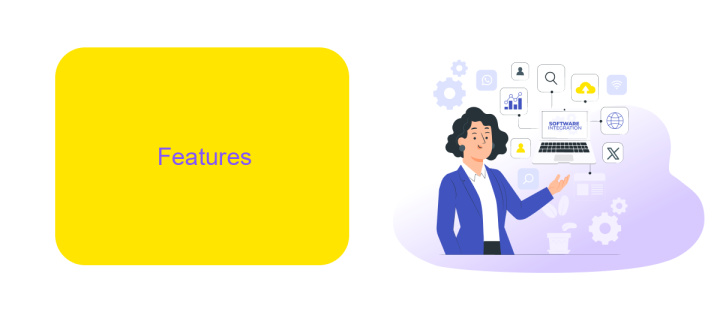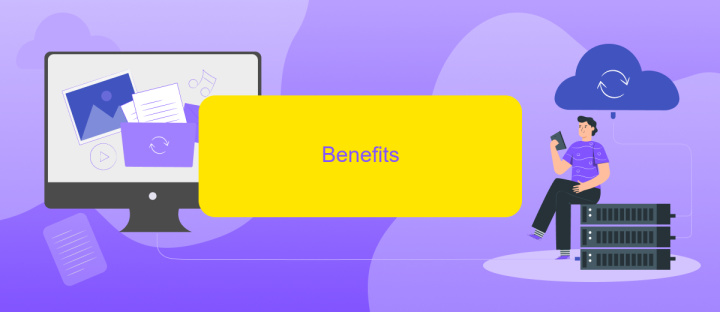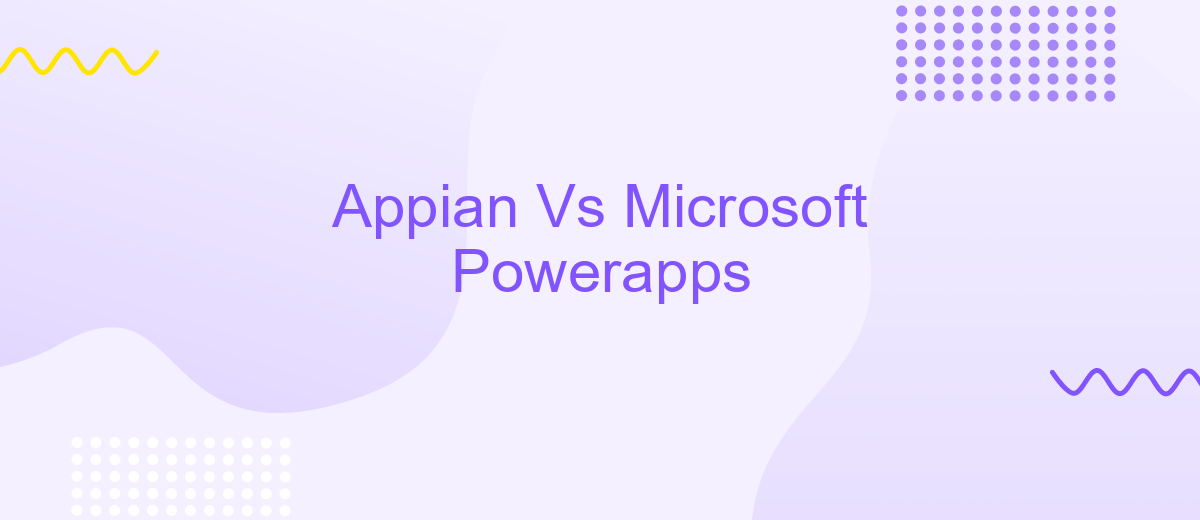Appian Vs Microsoft Powerapps
When it comes to low-code development platforms, Appian and Microsoft PowerApps are two prominent contenders. Both offer unique features and capabilities designed to streamline application development and empower businesses to innovate rapidly. This article delves into a comparative analysis of Appian and Microsoft PowerApps, exploring their strengths, weaknesses, and ideal use cases to help you make an informed choice.
Introduction
In today's rapidly evolving digital landscape, businesses are increasingly turning to low-code platforms to streamline their operations and enhance productivity. Two popular solutions in this space are Appian and Microsoft PowerApps, each offering unique features and capabilities to meet diverse business needs.
- Appian: Known for its robust process automation and enterprise-grade security.
- Microsoft PowerApps: Integrated seamlessly with the Microsoft ecosystem, making it ideal for organizations already using Microsoft products.
Both platforms offer a range of functionalities, from workflow automation to data integration. For businesses looking to integrate various applications effortlessly, services like ApiX-Drive can be invaluable. ApiX-Drive simplifies the integration process, allowing companies to connect their Appian or PowerApps solutions with other tools and systems seamlessly. This ensures a smoother workflow and enhances overall efficiency.
Features

Appian and Microsoft PowerApps are both powerful platforms for building enterprise-grade applications, but they offer distinct features that cater to different needs. Appian excels in its low-code automation capabilities, allowing users to rapidly develop applications with minimal coding. It provides robust process management tools, enabling seamless workflow automation and comprehensive business process management (BPM). Additionally, Appian's integration capabilities are enhanced by services like ApiX-Drive, which streamline the connection between various applications and systems, making data synchronization effortless.
Microsoft PowerApps, on the other hand, is deeply integrated with the Microsoft ecosystem, offering a familiar interface for users already accustomed to Microsoft tools. It allows users to create custom apps with a drag-and-drop interface, leveraging pre-built templates and connectors. PowerApps also provides strong integration with Microsoft 365, Dynamics 365, and Azure, ensuring a cohesive experience across the Microsoft suite of services. Both platforms offer unique advantages, with Appian focusing on automation and process management, while PowerApps emphasizes ease of use and integration within the Microsoft environment.
Benefits

When comparing Appian and Microsoft PowerApps, it's essential to consider the unique benefits each platform offers. Both platforms provide robust solutions for building custom applications, but they cater to different needs and preferences.
- Ease of Use: Microsoft PowerApps is renowned for its user-friendly interface, allowing users to create applications with minimal coding knowledge. Appian, on the other hand, offers a more sophisticated environment suitable for complex enterprise-level applications.
- Integration Capabilities: Both platforms excel in integration, but Appian's advanced integration features make it a strong contender for businesses with complex system requirements. For seamless integration, using services like ApiX-Drive can streamline processes and enhance connectivity.
- Customization and Flexibility: Appian provides extensive customization options, making it ideal for businesses that require tailored solutions. PowerApps offers flexibility but is more geared towards rapid application development with pre-built templates.
Ultimately, the choice between Appian and Microsoft PowerApps depends on your organization’s specific needs. For enterprises requiring intricate workflows and robust integrations, Appian is a solid choice. For quicker, user-friendly application development, PowerApps stands out. Consider leveraging integration services like ApiX-Drive to enhance the functionality and connectivity of your applications.
Pricing

When comparing the pricing of Appian and Microsoft PowerApps, it's essential to consider the different pricing models and what each platform offers. Appian typically follows a subscription-based pricing model, which can be customized based on the number of users and the specific needs of an organization. This can make it more suitable for larger enterprises with complex requirements.
On the other hand, Microsoft PowerApps offers a more flexible pricing structure. Users can choose between a per-app plan or a per-user plan, allowing for scalability and cost efficiency. This can be particularly advantageous for small to medium-sized businesses looking to control costs while expanding their app development capabilities.
- Appian: Subscription-based pricing, customizable
- Microsoft PowerApps: Per-app or per-user pricing
Both platforms offer robust integration capabilities, but if you need an easy-to-use solution for setting up integrations, ApiX-Drive can be a valuable addition. It simplifies the process of connecting various applications and automating workflows, which can further enhance the functionality of either Appian or Microsoft PowerApps.
Conclusion
In conclusion, both Appian and Microsoft PowerApps offer robust solutions for businesses looking to streamline their operations through low-code platforms. Appian excels in process automation and complex workflow management, making it an ideal choice for organizations with intricate business processes. On the other hand, Microsoft PowerApps stands out with its seamless integration with other Microsoft products, offering a more user-friendly experience for those already embedded within the Microsoft ecosystem.
When considering integration capabilities, tools like ApiX-Drive can further enhance the functionality of both platforms. ApiX-Drive offers a versatile solution for connecting various applications and automating workflows, making it easier for businesses to achieve a higher level of efficiency. Ultimately, the choice between Appian and Microsoft PowerApps will depend on the specific needs and existing infrastructure of your organization, but both platforms provide significant benefits that can drive digital transformation.


FAQ
What are the primary differences between Appian and Microsoft PowerApps?
Which platform is better for enterprise-level applications?
Can both platforms integrate with third-party applications?
Which platform is more user-friendly for non-developers?
How can I automate and integrate workflows in these platforms?
Routine tasks take a lot of time from employees? Do they burn out, do not have enough working day for the main duties and important things? Do you understand that the only way out of this situation in modern realities is automation? Try Apix-Drive for free and make sure that the online connector in 5 minutes of setting up integration will remove a significant part of the routine from your life and free up time for you and your employees.

